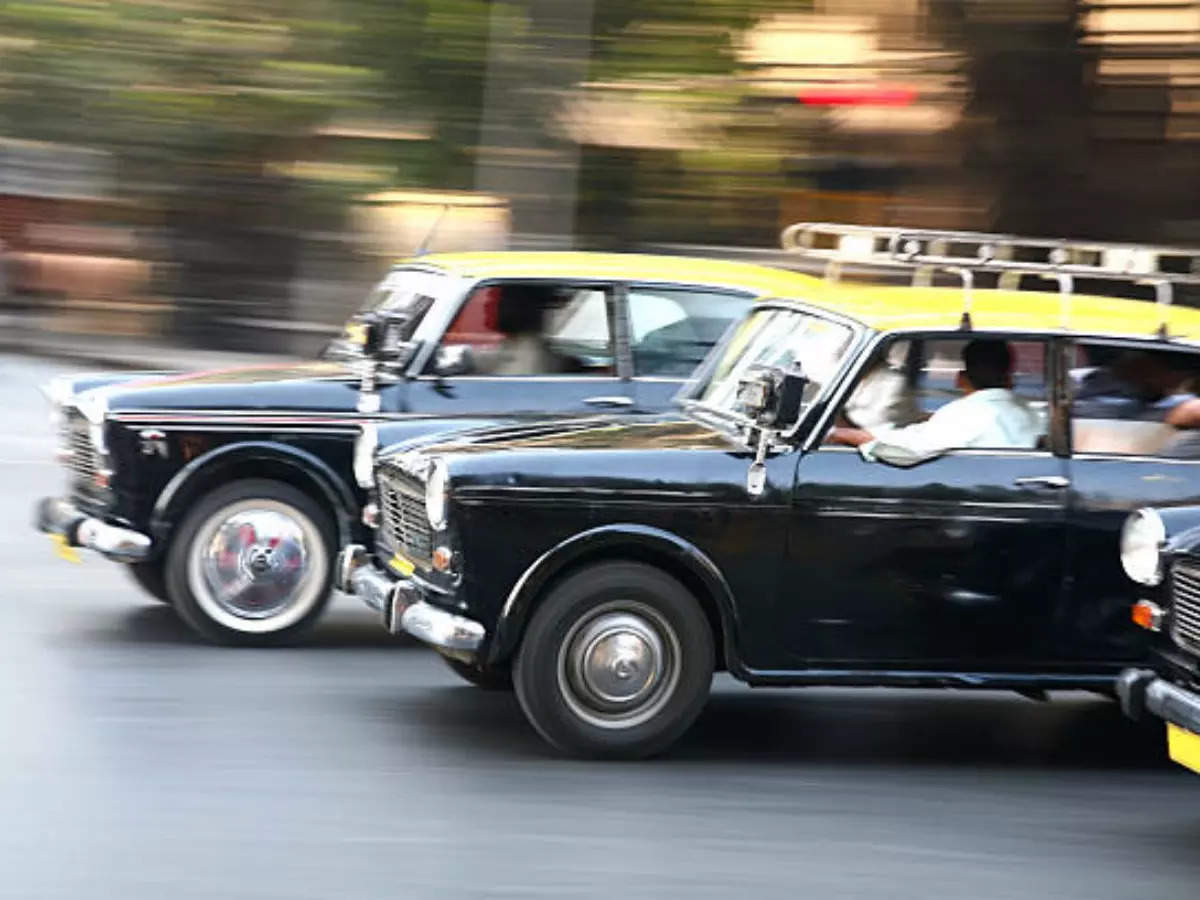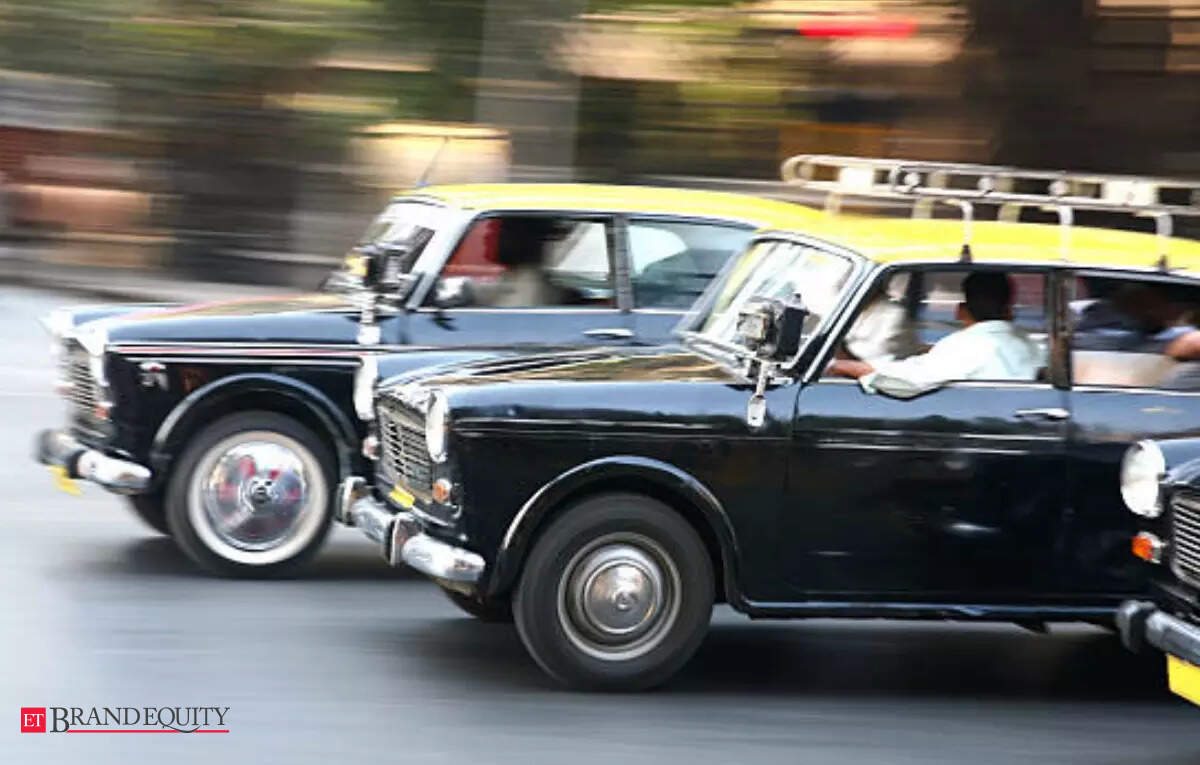[ad_1]

The Kaali-Peeli Premier Padmini is etched in everyone’s memory as the city’s mover, so much so that it figures prominently in Hindi movies, especially of the 60s, 70s and 80s, plying on the iconic Marine Drive setting up both context and mood in most narratives. Mumbai and Kaali-Peelis have gone together in our imagination for decades – they seem to have co-constituted each other. Kaali-Peelis have symbolised the city’s everydayness, convenience, reliability, safe commute and true to the city’s nonstop spirit, ones that have been available day in and day out.
While the Kaali-Peeli taxi will continue to ply, its original flag-bearer the old Fiat which transited to a Premier President and finally to a Premier Padmini, will take a final bow today after 60 years of service on city roads – taxis though were introduced officially in 1911. It is the Fiat that started to rule Bombay roads six decades ago. The last of the lot, a Premier Padmini taxi of Mumbai, bearing number plate MH-01-JA-2556 was registered as a black-and-yellow taxi at the Tardeo RTO, which has jurisdiction over the island city of Mumbai, on October 29, 2003. As the age limit for cabs in the city is 20 years, Mumbai officially won’t have a Premier Padmini taxi from today onwards.
The origin of the taxi globally can be traced back to 1605, when the first ever public ‘hackney coach’ service for hire began operating in London. No wonder the city’s iconic ‘black cabs’ are reputed to be among the world’s best taxis. Interestingly, Vienna is famous for its horse-drawn taxicabs, called Fiakers. Usually operated by family-run companies, they date back to 1693 and are part of the city’s rich heritage. Although today these traditional horse-drawn carriages are mainly used for weddings and ceremonies, a fiaker ride makes for a memorable, authentic experience for the visitor to the elegant Austrian capital. The fiaker tradition is being zealously guarded and kept alive. New York City’s affair with taxis began in 1897, when Samuel’s Electric Carriage and Wagon Company, the first taxicab firm in town, made 12 electric hansom cabs available to citizens. The city’s first gasoline-powered taxis, however, were imported from France in 1907 and painted canary yellow in order to be visible from a distance. Nowadays, NYC has more cabs than regular cars.But back to the Kaali-Peeli Premier Padmini. It is really not the first of iconic taxis to fade away. In 2012, officials in Mexico City announced that the last old-school, Volkswagen Beetle taxis would have their licenses expired by the end of that year. While the iconic green-and-white cars were notorious for being cramped and uncomfortable, they were no doubt a major part of Mexico City‘s cultural fabric. The Slug Bug, known South of the Border as the ‘vocho’, made up almost half of all taxis in Mexico City back in 2006, but now they’re just novel relics you might occasionally spot under the care of a collector. With a fleet once 50,000 strong, the last of the vochos was manufactured in 2003 in the world’s very last Beetle assembly plant in Puebla, Mexico. It was adios in 2012 to the vocho.But one country did not let its old taxis die. In fact, they are a cultural symbol of the country and a main tourism attraction. I was in Cuba five years ago. And fascinated by the vintage cars that ply there as taxis. Nothing – not even Castro himself – is more symbolic of Cuba than the nation’s beautiful vintage cars. In various states of preservation – from jalopy to mint – these pre-Revolution relics make up a good portion of Havana‘s privately-operated taxis, which means you can easily ride in one. And I did so in many. What fun!
The smell of old books, the sound of church bells, a local dialect or the smell of a city could today all be considered endangered heritage. Their degradation is less visible than that of a monument, which is precisely why their protection is more urgent. In early 2021, in a novel decision, France ordered the protection by law of several of its “sights, sounds and smells” – and sights didn’t just mean buildings and edifices. This interpretation may equally apply to the now-dead Kaali-Peeli Fiat – it was so much a part of the “sights, sounds and smells” of the city. Much like the Bombay double-decker bus that has also recently retired into oblivion and history.
Fifty golden ‘black cabs’ were produced for the Queen’s Golden Jubilee celebrations in London in 2002. Enhancing a cultural symbol of London, and contemporising it. Could we have done something similar with the fast depleting Fiat fleet? Methinks it was do-able. And possible. Provided the mandarins of the city understood the value of the “sights, sounds and smells” of the city and learnt to value them.
- The Kaali-Peeli Fiats could have been retained – maybe two dozen of them and parked at The Taj or the Oberoi for tourists to hire.
- Become part of short commutes at the Jio Centre where more and more international participants at conferences are expected.
The core concept is simple – is the sight/sound/small part of the cultural soul of the city? If so, it begets effort to save, preserve and perpetuate.
[ad_2]
Source link






